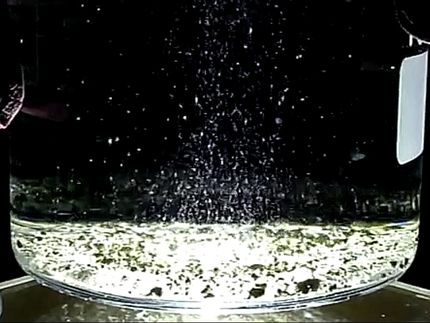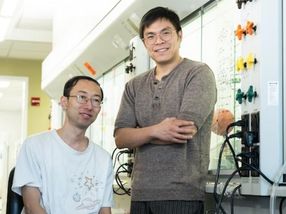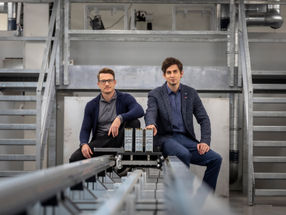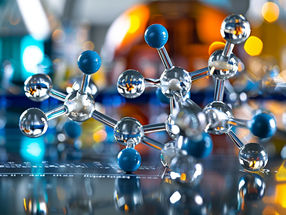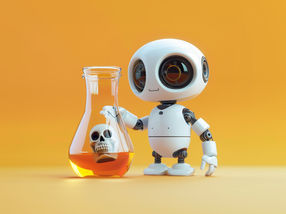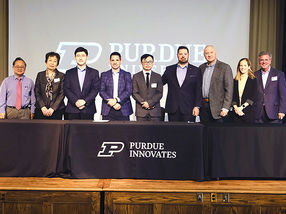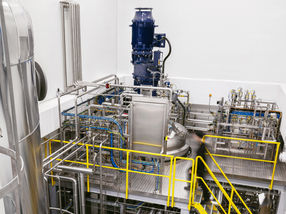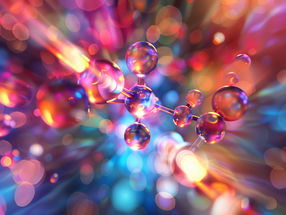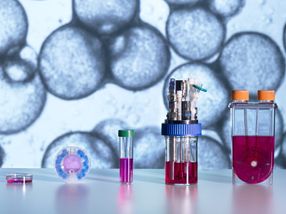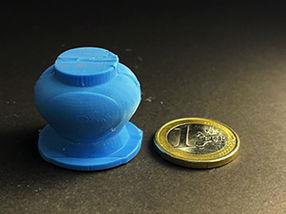Calixarene crystals as new absorption agents for the purification of hydrogen
24-May-2004
Air bubbling out of a crystal when it is submerged in nitrobenzene-this
surprising and more or less accidental observation could form the basis of a new
method for the purification of hydrogen. The unusual crystalline material, with
which Jerry L. Atwood and Agoston Jerga (University of Missouri, Columbia, USA)
as well as Leonard J. Barbour (University of Stellenbosch, South Africa) were
experimenting, is a calixarene: a large cup-shaped molecule. Sublimation of the
solid material allowed the team to obtain crystals consisting of double layers
of molecules; pairs of slightly distorted cups are oriented with their open ends
facing each other. The cups thus form the two half-shells of a large cavity.
These cavities are closed off, with no pores or channels leading out. The
researchers were thus that much more surprised by the abovementioned gas bubbles
coming out of the crystals. Despite their initial doubts, the team was able to
prove that the gas bubbles consist of air that seeps into the cavities when the
calixarene crystals are stored in air. If the crystals are submerged in
nitrobenzene, the nitrobenzene molecules are more strongly absorbed by the
calixarene and push the gas molecules out of the cavities. The different
components of air are also absorbed to different degrees; carbon dioxide (CO2)
is absorbed especially effeciently.
Then came the next surprise, which truly electrified the researchers: hydrogen
is not absorbed by the calixarenes, not even under high pressure! In an
atmosphere of hydrogen and CO2, the crystals selectively absorb CO2 while the
hydrogen stays in the gas phase. Why is this so exciting? Industrially produced
hydrogen is impure as a result of the production process; it contains a number
of other gases, particularly carbon dioxide and carbon monoxide. Their removal
is a complicated and correspondingly expensive affair, but it is urgently needed
for the generation of hydrogen for use in fuel cells. The purity of the hydrogen
used is critical for the smooth operation, long life, and thus the efficiency of
fuel cells. Calixarene crystals have the potential to be efficient absorption
agents for the removal of impurities from hydrogen.
Despite all the experimentation, one puzzle remains unsolved: how does the model
ship get inside the bottle, that is, how do the gas molecules actually get into
the sealed cavities?
Most read news
Topics
Other news from the department science

Get the chemical industry in your inbox
From now on, don't miss a thing: Our newsletter for the chemical industry, analytics, lab technology and process engineering brings you up to date every Tuesday and Thursday. The latest industry news, product highlights and innovations - compact and easy to understand in your inbox. Researched by us so you don't have to.
